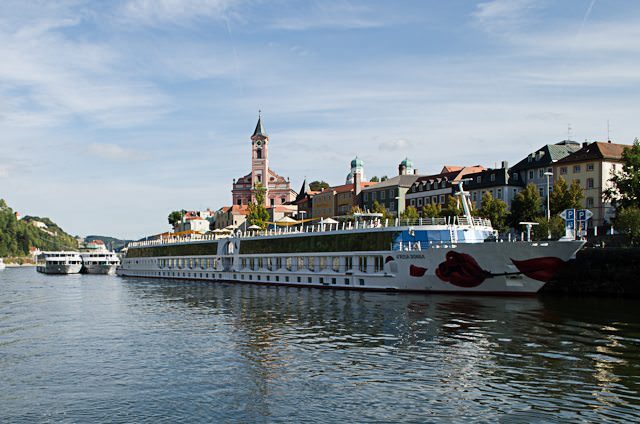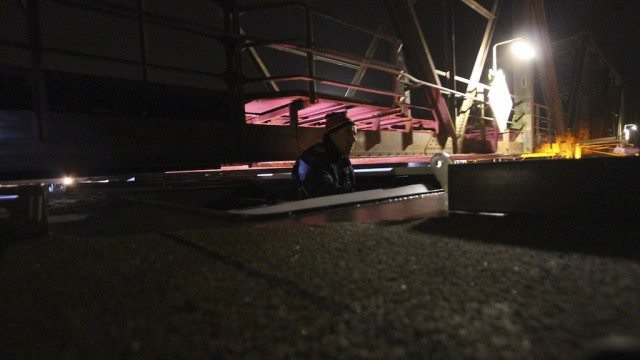The situation on the waterways of Europe continues to remain fluid today, as the Central Europe region grapples with some of the worst flooding in recent memory – and beyond. Worse, the flooding shows little signs of letting up, with rain forecast for many regions along the Elbe and Danube.

Because of that, we thought it would be a good idea to take a look at some of the challenges facing both river cruise lines and towns affected by this flooding, and how they differ from other kinds of cruises you may have taken.
When a deep-ocean cruise line is forced to cancel a cruise, it is typically a rare event. Strikes and labor blockades, such as the ones that affected the port of Piraeus a few years back, can be circumvented by skipping that port of call, or bussing passengers to a new port of embarkation. Adverse weather conditions can necessitate swapping ports or altering itineraries.
But cruises are rarely cancelled, and usually only for severe mechanical issues. Even during the Icelandic Volcano eruption in 2009 that snarled air travel, many deep-ocean cruises remained on schedule.
A river cruise is a different beast altogether.

River cruise ships are already limited by the size of locks, the height of bridges, and even the depth of the water beneath their keels. On a good day, a ship may only have a foot of air draft when passing beneath some bridges, or mere inches of water between her keel and the riverbed.
High water levels and low water levels can strike at any time, but usually operators will have some notice that issues are expected. In adverse conditions, cruise lines are adept at getting around these issues, either by bussing passengers ahead or, in the most extreme cases, swapping ships altogether in order to complete the voyage.
The flooding that has affected parts of Germany, Austria, Hungary, and Poland, however, is unprecedented.
The Danube near Passau, for instance, has risen to a height not seen since the Middle Ages. The river – which normally sits five to ten feet below the docking area promenade – has now risen 42 feet, submerging the lowest levels of shops, houses and hotels – not to mention the infrastructure the cruise lines rely on.
More rain is expected, yet portions of the river remain closed for obvious reasons. As if that wasn’t bad enough, bridges and locks suddenly turn into impassable, immovable blockades that stand in the way of a successful transit.
If there is adverse conditions at sea, a ship can sail around it. On the waterways of Europe, all shipping traffic grinds to a halt.
This forces cruise lines to become creative in order to maintain their itineraries – and frankly, we are surprised more haven’t been cancelled outright to this point, given the magnitude of the flooding.
We have read, on other sites, reports of passengers who are hopping mad – perhaps understandably, given their dream vacations could literally find themselves under water. But it is important to consider what the locals are going through; the damage to Passau and cities like it will take months, if not years, to overcome.

For river cruise lines, the events of the past week represent a scenario that is straight out of their worst nightmares: a near-total shutdown of the Danube and the Elbe. This includes having to swap ships — sometimes multiple times — in order to maintain itineraries, put guests up in hotels, arrange motorcoach transportation at the last-minute, and transport crew, goods, and luggage along the rivers and highways.
Those scheduled to depart on a river cruise at any time this month should consider the status of their voyages will remain changeable. It is best to continue to monitor your cruise line’s website, Facebook and Twitter accounts for the latest information as it becomes available.

Leave a Reply